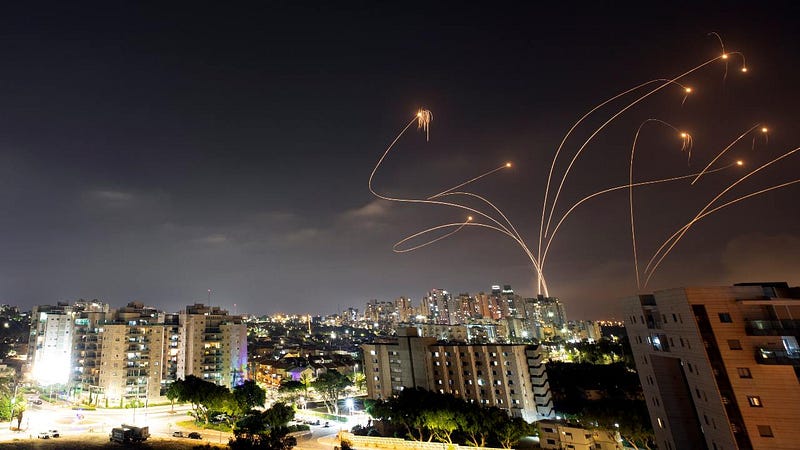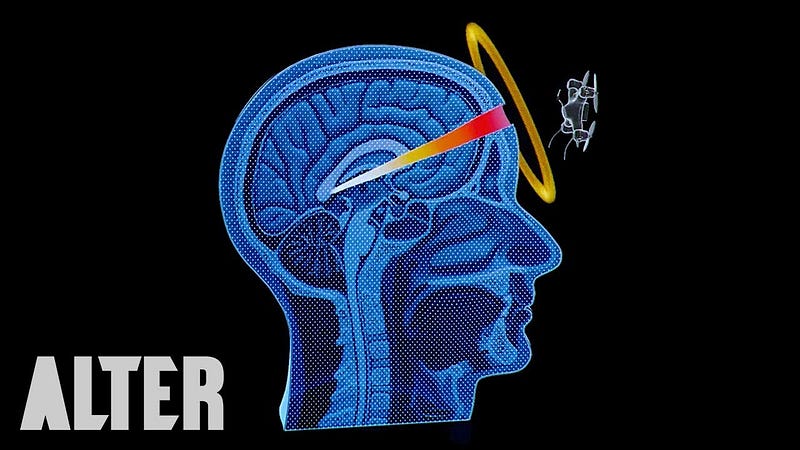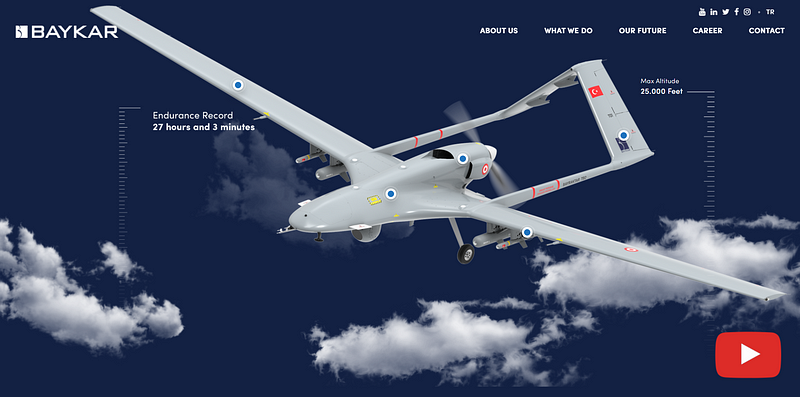The Transformative Role of AI in Today's Warfare Landscape
Written on
Understanding AI's Influence on Modern Conflicts
Artificial Intelligence (AI) is increasingly present on the battlefield, and its effects on contemporary warfare are just beginning to be realized. The integration of AI into military operations has the potential to redefine our approach to conflict in the 21st century. Let’s delve into the ways AI is being utilized amid economic challenges.
What Exactly Is AI?
In simple terms, AI can be described as systems that continuously learn, evolve, and adapt based on data inputs. If you've encountered any of my previous writings, you might be familiar with this concept. Essentially, AI takes vast amounts of data, analyzes it to identify patterns, and in turn, creates a new technological landscape. As Elon Musk noted at MIT’s AeroAstro Centennial Symposium:
“I’m increasingly inclined to think that there should be some regulatory oversight, maybe at the national and international level, just to make sure that we don’t do something very foolish. I mean with artificial intelligence we’re summoning the demon.”
While some fear AI may lead to a dystopian future, it's essential to understand that it’s still far from becoming a sentient toaster or coffee maker gone rogue.
The Vast Domain of AI
AI encompasses a wide range of applications, making it challenging to cover all its facets in detail. Think of it as an iceberg, with much of its potential hidden beneath the surface.
Weaponized AI: The Evolution of Warfare
Historically, significant technological advancements have often emerged during wartime, as nations compete to develop superior weaponry. The Industrial Revolution improved manufacturing processes, while the World Wars revolutionized areas like cryptography and communication. Each conflict fuels the desire for more advanced and self-sufficient military tools.
Defensive AI Applications
Consider AI-powered sensors and devices that monitor troop movements and analyze enemy strategies. The challenges faced by Russian troops in Ukraine illustrate how AI aids in recognizing patterns through satellite imagery. This technology can enhance decision-making processes within the OODA (Observe, Orient, Decide, Act) framework, allowing for swift and informed strategic responses.
For instance, the Iron Dome, a defensive system employed in Israel, showcases how integrated radars, sensors, and missile launchers can be further enhanced through AI, even if it remains susceptible to coordinated missile attacks.

Offensive AI Strategies
AI can also be leveraged offensively by predicting and analyzing enemy tactics. Continuous advancements in both defensive and offensive technologies compel military forces to innovate rapidly. The development of systems like the Iron Dome has been influenced by AI's ability to track missiles and devise evasive maneuvers.
Assisting AI in Military Operations
The goal of full automation in military operations aims to reduce personnel needs while enhancing efficiency. Although complete autonomy remains a challenge, many military sectors are integrating AI to aid in tasks such as detecting fraud in contracts, predicting equipment failures, and simulating battle strategies.
AI's potential for influence extends to orchestrating attacks, utilizing insights from data analysis to execute targeted disinformation campaigns through deepfakes, which could dramatically alter the course of conflict.
The potential utilization of deepfakes in the Ukraine conflict, while currently unsubstantiated, raises significant concerns.
Autonomous AI: The Controversial Frontier
This category includes fully automated drones capable of identifying and reacting to threats without human intervention. The ethical implications of such technology are contentious, with many arguing against the existence of autonomous weapons, which could pose grave risks to human life.

An example of this technology is loitering munitions—self-guided drones that can autonomously target enemies. These drones played a pivotal role in Azerbaijan's recent military success in the Nagorno-Karabakh conflict, marking a notable instance of warfare influenced by autonomous systems.
As the conflict in Ukraine continues, drones like the TB2 Bayraktar, with advanced reconnaissance capabilities, are employed defensively, while Russian kamikaze drones such as the Lantset demonstrate the evolving nature of aerial warfare.

In conclusion, the integration of AI into modern warfare is a complex and evolving phenomenon, prompting both excitement and concern. As we navigate this new battlefield landscape, it's crucial to remain informed and engaged with these developments to understand their implications for the future of conflict.